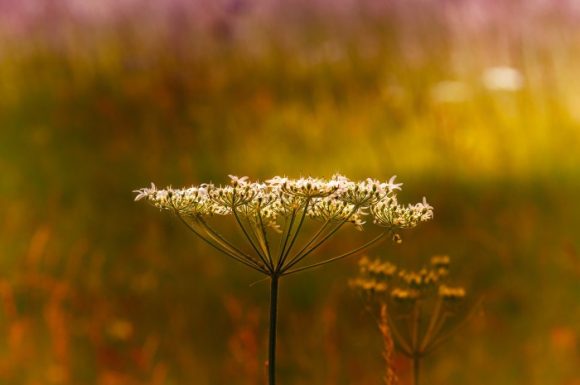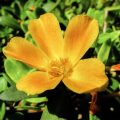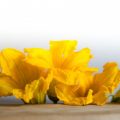- The Miraculous Shiny Bush Plant - January 18, 2021
- Colorful, Edible and Medicinal Celosia - January 10, 2021
- Radish, a Nutritional Power House - December 19, 2020
Anthriscus sylvestris, commonly known as cow parsley or wild chervil is a perennial flowering plant whose white, umbrella-shaped flowers you are likely to see along roadsides during springtime.
[Disclaimer: Cow parsley can be easily mistaken for several poisonous herbs including fool’s parsley, giant hogweed, and poison hemlock. For your safety, always do due diligence before harvesting and tasting any wild plant you come across. Harvesting and eating the wrong plant can be fatal.]
The plant was introduced to North America as a vegetable and for ornamental purposes. Some people claim that the plant was introduced to the US in a wildflower mixup. However, just like many non-native plants, it quickly adapted to the new environment and soon became an invasive species.
Cow parsley is commonly found in disturbed places, pastures, and fields. It spreads by seed and grows in moist soils under a wide variety of conditions. This is what makes it easy for the plant to spread aggressively, outgrow and choke other plants including hay.
Cow parsley looks similar to other plants in the parsley or carrot family. The upright, leafy herb produces small white flowers in flower stalks from April to May. The leaves, stems, flowers, and seeds of cow parsley are edible. They can be eaten raw or cooked. These aerial parts have a stronger taste compared to garden chervil and are similar to carrot leaves. If you are aiming for a milder taste, harvest the leaves when they are young. These can be tossed in soups, sauces or used in salads.
Just like its garden relative, wild chervil contains essential oils and bitter compounds, carotene and glycosides. It also contains sufficient levels of magnesium, vitamin C and iron which make it a great vegetable to include in your diet. Here is a simple way of eating wild chervil.
Pickled cow parsley
Ingredients
A bunch of cow parsley stems, complete with leaves and flowers
1/2liter of cider vinegar
5 teaspoons of raw honey
1/2 teaspoon of ground celery seed
1 teaspoon of turmeric
1 teaspoon of mustard seeds
1 teaspoon of crushed cloves
Process: Wash the cow parsley stems, leaves and flowers, and chop finely. Put them in a medium-sized pan and allow to boil for about 2 minutes, remove from heat and drain.
In a different pan, pour raw honey, cloves, celery seeds, turmeric, mustard seeds, and vinegar. Boil for approximately 1 minute and remove from heat.
Pour cow parsley stems, leaves and flowers into clean, sterilized glass jars but leave enough room for the spiced vinegar. Fill the remaining part of each jar with the spiced vinegar and seal tightly with a fitting lead.
Allow the mixture to steep for about 8-10 weeks before eating.
Since cow parsley can be eaten raw or cooked, it is up to you to choose whichever way you want to enjoy this wild but nutritive delicacy.





